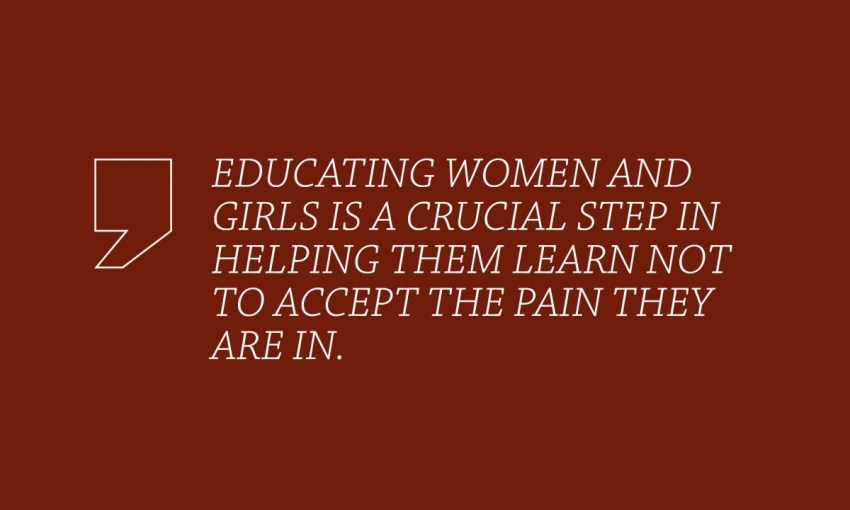Adelaide has a surprising opportunity – both moral and economic – to break the back of a disease that has long gone ignored while hundreds of thousands suffer.
Past the pain
Late last year, the Federal Minister for Health – Greg Hunt – apologised to approximately 600,000 Australian women.
Meeting with the Australian Coalition for Endometriosis (ACE), the Minister heard from women who, like me, suffer from endometriosis, which is both invisible and debilitating.
A proposal from SA Greens MLC Tammy Franks to provide the PPFA’s Menstrual Education program to all SA public schools recently passed the Upper House. It’s now up to the State Government to decide when and if the program is rolled out.
The condition entails tissue similar to the lining of the womb growing in other parts of the body, and it affects approximately one in ten women. While the number of sufferers and the quality-of-life impacts are understood to be similar to that of diabetes, endometriosis only receives about 5 per cent as much funding as that disease.
Minister Hunt’s statement, that “this condition should have been acknowledged at an earlier time in a more powerful way” doesn’t mean much to me personally.
I have been in pain for more than 20 years from a condition that has no definitive cause, that is grossly misunderstood, and for which there is no cure. There have been too many times I have had to explain endometriosis to doctors who don’t know what it is, too many times my pain has not been believed, too many years of crippling pain that has meant missing school, work and social commitments. It’s not an apology that means much to me.
What does mean a lot to me is the work that goes on behind the scenes by ACE, particularly from one of the groups involved in the coalition – the Pelvic Pain Foundation Australia (PPFA), which is based in Adelaide.
Initiatives such as the Australian-first ‘Menstrual Education’ program, piloted by PPFA in 2017, is just one example of the groundwork being done in South Australia.
Currently women and girls wait on average around eight to nine years for a diagnosis of endometriosis, which can only be confirmed through laparoscopic surgery. Often, girls are told that they are ‘just unlucky’ or that it is ‘bad period pain’ and made to feel they are exaggerating the severity of what they’re feeling. Educating women and girls through initiatives like this program, which is funded by PPFA, is a crucial step in helping them to understand when to seek help, and learning not to accept the pain they are in.
But that’s not the only way SA is a leader in the endometriosis field. Having lived interstate and overseas, I can vouch that the best example of collaborative care I have found is in Adelaide.
Perhaps it’s the benefit of a smaller population meaning doctors are less overwhelmed with patients and have more time to spend on their ongoing care; or maybe it’s a close medical community in a city where you are more likely to see your peers on a day to day basis.
But I also can’t discount the work done by PPFA, especially that of its Chairperson Dr Susan Evans. A pioneer in the treatment of endometriosis in Australia, it’s her work here in Adelaide that means far more to me than a politician’s words ever will.
Last year, as I spoke to my medical team in Melbourne about my plans to move home to Adelaide, one of my specialists said that there was no better place for me to live than Adelaide. The best treatment in the country comes from South Australia, she told me.
Adelaide is leading the nation in care and treatment for endometriosis. But still, very few people know about the condition or the potential our city has to make a difference in peoples’ lives, all while creating an industry around this niche capacity.
Ignoring that potential – especially now the National Action Plan for Endometriosis has come out of Canberra – would not just be financial folly, but could doom us to repeat the cycle of ignorance and avoidance that has marred so many women’s lives before now.




